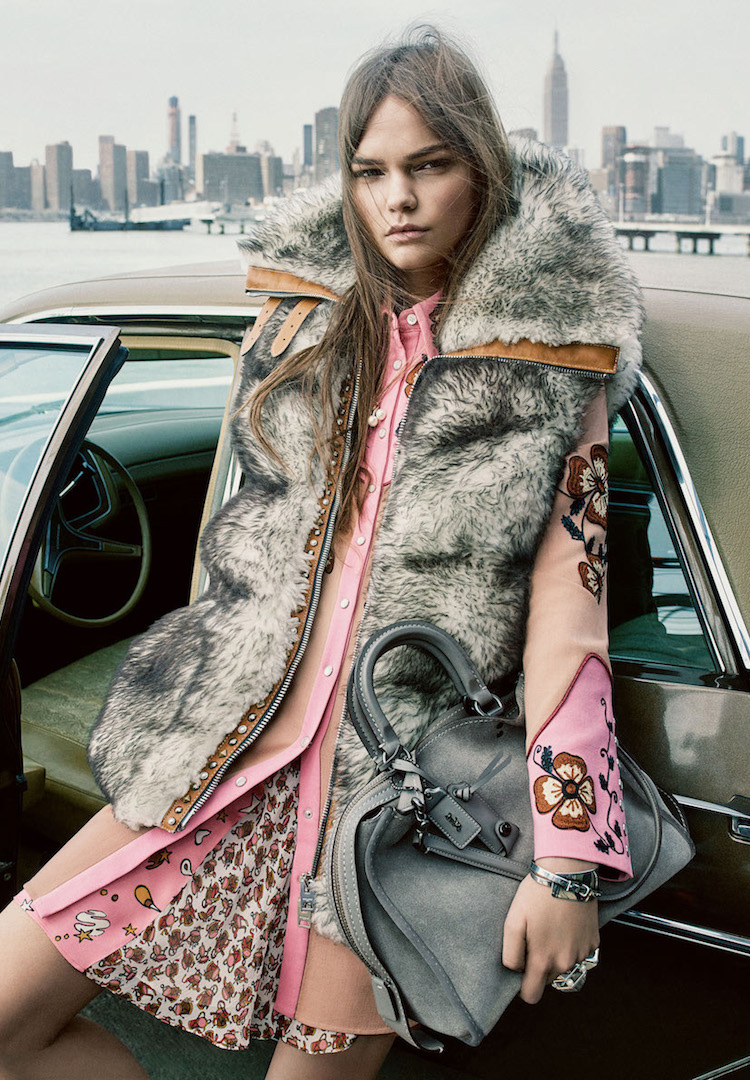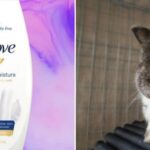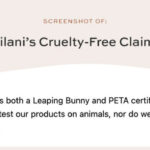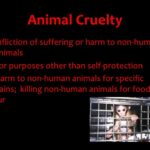In recent years, the fashion landscape has undergone significant transformations, particularly regarding ethical practices and animal rights. One of the most pressing issues in the industry has been the use of fur—a material often synonymous with luxury but equally tied to the suffering of countless animals. Among the myriad of brands navigating this contentious terrain is Coach, a name emblematic of American luxury and craftsmanship. The pressing question arises: Is Coach a cruelty-free brand? In unpacking this inquiry, we aim to dissect the nuances of the fashion industry, the shift towards sustainability, and the impact of fur in fashion.
The term “cruelty-free” has gained traction in consumer dialogues, fueling a desire for transparency and ethical production methods. This phrase typically denotes products that have not been tested on animals or contain materials derived from them, specifically regarding animal-derived substances like fur, leather, and exotic skins. As consumers increasingly gravitate towards brands that align with their values, the fashion industry has responded, albeit slowly, to evolving public sentiment. Coach’s recent announcement to pursue a fur-free policy marks a pivotal moment in this narrative, signaling a broader transition towards ethical fashion.
Historically, Coach’s association with luxury has often included the use of fur. However, the repercussions of such practices are gaining visibility, making consumers more discerning. The stark realities of fur farming shed light on the inhumane conditions that animals endure: from confinement in cramped cages to brutal killing methods. This acknowledgment has led many leading fashion houses to reconsider their stance on using animal products. Coach’s decision to commit to a fur-free future reflects this awakening. They aim to redefine luxury, moving beyond the outdated notion that elegance is tethered to the use of animal-derived materials.
Yet, the question of whether Coach is entirely cruelty-free encompasses more than just its stance on fur. The brand’s operations also involve other animal-derived materials. Leather, for instance, remains a significant component of Coach’s product line. The leather industry has its own set of ethical considerations, ranging from the ecological impact of cattle ranching to the treatment of livestock throughout the production cycle. This complicates the narrative of cruelty-free fashion, suggesting that while Coach may be taking significant strides concerning fur, the road ahead is still fraught with ethical challenges.
Consumers today are more informed than ever, seeking out not only products but also the stories behind them. The concept of slow fashion has emerged as an antidote to the fast-paced, irresponsible consumption patterns that have dominated the industry. Coach has an opportunity here to lead by example, emphasizing quality craftsmanship and sustainable practices. This entails not only avoiding fur but also exploring alternative materials that negate animal harm. The burgeoning field of vegan leathers and recycled textiles presents viable avenues for the brand to enhance its ethical credentials.
Furthermore, it is crucial to consider the growing influence of technological innovation within the textile industry. The rise of biotech fabrics—developed from plant materials or synthetics designed to mimic the feel and look of leather and fur—presents a compelling case for brands like Coach. By investing in and promoting these advanced materials, the brand can pave the way for sustainable luxury fashion, thereby addressing consumer concerns while setting an industry precedent.
As we dissect the implications of Coach’s fur-free policy, it is crucial to highlight the changing attitudes among consumers. A pivotal segment of the market now stiffens its resolve against animal cruelty, opting for brands that uphold principles of compassion. This demographic is vocal and empowered, using social media platforms not only to voice preferences but also to hold brands accountable. Coach’s journey towards a fur-free identity may be a response to this growing consciousness, yet it also presents a unique opportunity to engage with consumers on a deeper level—fostering genuine dialogue about ethical practices and animal rights.
However, it is imperative to approach this transition with skepticism. Many brands have embraced fur-free initiatives as mere marketing strategies—greenwashing their practices to appear more ethical without addressing systemic issues within their supply chains. Therefore, transparency and accountability must underpin Coach’s initiatives. The brand must articulate its broader ethical commitments, providing consumers with insight into sourcing practices, labor conditions, and environmental impacts in all aspects of its production.
In conclusion, while Coach’s fur-free declaration is a significant milestone in the realm of ethical fashion, it is merely a starting point. The evolution towards cruelty-free status necessitates a holistic approach, addressing the multifaceted nature of animal rights, sustainability, and consumer expectations. As the discourse surrounding ethical fashion continues to evolve, Coach has the potential to pioneer a new paradigm in luxury, intertwining opulence with compassion. In doing so, the brand can not only redefine its identity but also inspire change across the industry, compelling other fashion houses to reevaluate their practices and commitments to animal welfare.
The pendulum of consumer values has swung towards sustainability and animal welfare, presenting a clarion call for brands like Coach. The pressing question remains: can they rise to the occasion? The world watches eagerly, waiting to see if Coach will embark on a transformative journey that redefines luxury, intertwining elegance with ethics at its core.







